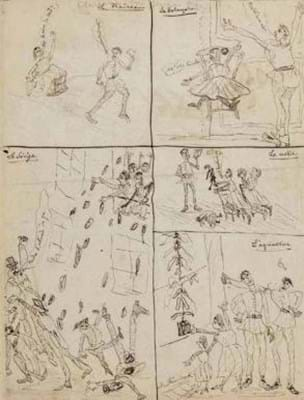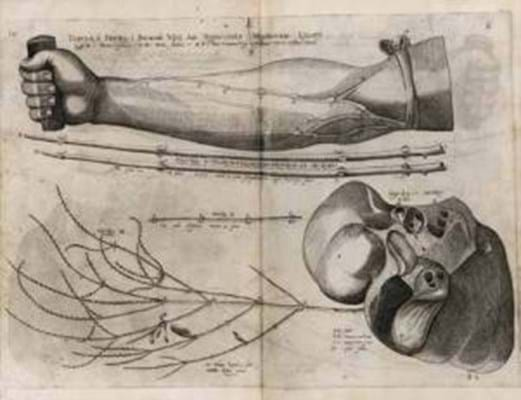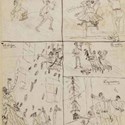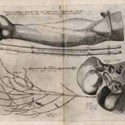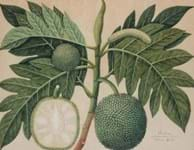Books and works on paper
A DRUNKEN and distraught Paul Verlaine tried but failed to shoot his young lover, Arthur Rimbaud, during the famous quarrel that ended their relationship.
The pistol that he used was sold for €360,000 (£305,605) by Christie’s Paris on November 30, but much more recently, at Sotheby’s Paris (25/20/12% buyer’s premium) on February 8, a poem given by Rimbaud to Verlaine a year before that violent argument was bid to €230,000 (£196,580) by a collector. A manuscript copy of ‘La rivière de cassis’ was one of three Rimbaud lots that together accounted for a substantial portion of the premiuminclusive sale total of €1.7m (£1.45m).
It is a poem that the auctioneers described as one of considerable modernity and freedom – that latter quality extending in this autograph version to its having no date, no title and no punctuation.
The poem was first published in La Vogue in June 1886.
School prize
Bid to €28,000 (£23,930) was an 1866 edition of Caractères by the Greek philosopher and botanist, Theophrastus. The book had been awarded to Rimbaud as a school prize when he was 15, but it also bore the later bookplate of the artist Paul Eluard.
Executed when he was just 10, the sheet of drawings (with two more on the other side) reproduced above right was pre-empted at €95,000 (£81,195) by the Musée Rimbaud at Charleville-Mézières, the Ardennes town that was the poet’s birthplace.
There they will be returned to the sketchbook from whence they originally came.
This Paris sale was one that also contained a further selection of early medical books from the library of Jean Blondelet. When the auctioneers sold some 50 of his books for close on half-a-million euros as part of a May 2016 sale, he was described as “the greatest collector of medical books in the 20th century, and the most discreet as well”.
This more recent sale offered a further 60 lots and it is the most expensive of them – at €62,000 (£52,990) – that is shown above.
It comes from the most important of a vellum bound group of four works by a celebrated early anatomist known as Hieronymus Fabricius ab Aquapendente, or Girolamo Fabrici, or indeed Fabrizzi, who studied with and then succeeded Gabriele Falloppio as professor of anatomy and surgery at the University of Padua in 1562.
All printed in Padua in the opening years of the 17th century, they included De format foetu, the author’s illustrated researches into embryology, but the key work is De venarum ostiolis of 1603.
This was the first systematic study of the structure, distribution and position of the venous valves, which Fabrici believed were intended to slow down the influx of blood in order to distribute it more evenly around the body.
Although his analysis was in part erroneous and he had been misled as to the real significance and purpose of the valves, the work was certainly influential in that it inspired one of his students, William Harvey, in forming his own great 1628 work on the circulation of blood. The plate reproduced here was the model for one of those that illustrate Harvey’s 0133de Motu Cordis.
Real rarity
Published in Basle in the years 1589-91, a first collected edition of the works of Philippus Aureolus Theophrastus Bombast von Hoehenheim, the Swiss physician, botanist, astrologer and alchemist better known as Paracelsus, was described by the French saleroom as rare – and with good reason.
Auction records show only one other such set, sold for £4000 by Sotheby’s in 1980 in one of the seven sales that dispersed the great Honeyman science library over three years.
The example sold in Paris for €44,000 (£37,605), the 11 parts handsomely bound as six thick quarto volumes in contemporary and local blind-stamped calf, also boasted a distinguished provenance.
The set is thought to have been bound for Paracelsus’ foremost patron, ‘Maurice le Savant’ (Maurice de Hesse-Kassel), and is one of those rare books from his library that escaped destruction in 1941.


